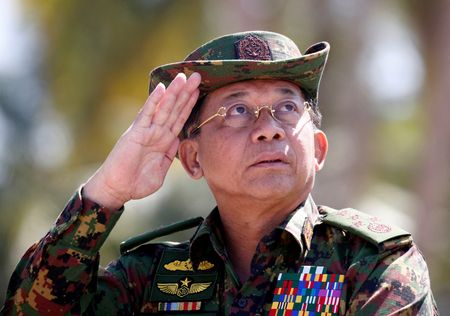
Myanmar : Complicated Politics

What we see happening in the Myanmar of today and the Burma of the yesteryears is a prolongation of the trends that had set in while General Aung San was negotiating with Prime Minister Atlee the independence of Burma from Britain. Here it is important to clarify that there were two schools of thought that appeared to be doing the rounds then among Britain’s colonialists.
Among the colonial administration in India as the realization dawned that India was well set on the road to independence, there were some who felt that an attempt should be made to establish a crown colony that would be ruled directly out of Whitehall and retain a British presence in Asia. They thus proposed that the tribal areas of Assam along with the adjoining areas of northern Burma be combined into one colony and retained after both India and Burma became independent nations. Opposed to this was the Labour Government in London that apart from any other considerations realised that it did not have the economic wherewithal to manage a new colonial entity that would require a considerable amount of financial hand holding.
In the case of Burma, London in fact now came to insist that the Frontier Areas of the Burmese Empire, that had been loosely administered by a specially created frontier administration and thus kept away from the systems of direct administration that had been employed to govern mainland Burma, now be taken over and become a part of Independent Burma. This set-in motion the Panglong process and an agreement that effectively spelt out the future of Burma as a Federal democracy that guaranteed the rights of the ethnic minorities in the form of a broadly ordained autonomy.
To make this certain, considering the natural distrust between the majority Bamar of the mainland and the ethnic groups of the Frontier states, there was a provision, brought in under British machinations, that after a period of ten years if the ethnics were dissatisfied with way developments had taken place after Independence, they had the right to secede from the Union.
With the assassination of Aung San and his colleagues who had worked out a draft Constitution that fulfilled all the promises of a federal polity for the Union including the promises made on autonomy for the ethnic states was overturned. This was done not wholly but to a significant part by U Nu, who took over as the first elected prime Minister of an Independent Union of Burma. U Nu was the one responsible for setting in motion all that has come to transpire ending in the turmoil that has come to prevail in the Myanmar of today.
The inherent distrust that the ethnic minority harboured against the Bamar majority resulted in insurgency becoming the norm rather than the exception, resulting in war being waged between the ethnic armed forces and the Myanmar Army. A course that has been in operation from the very inception of Burma’s independence. What is more, this has been exploited by Beijing to serve its interests ever since the People’s Republic of China came into being.
The Myanmar armed forces known as the Tatmadaw had to fight for the very survival of Burma as rebel forces led by the Communist Party of Burma almost succeeded in taking over Rangoon. It was the Karen forces as part of the Tatmadaw that countered this move and saved the day for democracy. However, as the Karen’s realised that the promises made to them of statehood were not likely to be met, they also joined the ranks of the ethnic minorities contributing to the opposition that was being mounted by them to enforce a federal structure that granted them the promised autonomy. This was opposed by the Burmans (Bamar) who found a ready answer to their political outlook, emphasising national unity and territorial integrity as intertwined necessities represented by the Tatmadaw that was led by General Ne Win, who apart from being the Chief of the Armed Forces was also the country’s Defence Minister under Prime Minister U Nu.
This laid the foundation that from the 1960’s onwards saw the Tatmadaw taking over the administration of the country; with democracy that its people preferred as the form of governance, being pushed into the background. A degree of permanency to this political format was brought about by the Tatmadaw drawn and enforced 2008 Constitution.
While the military take over enabled a degree of stability over the years to be enforced over Myanmar, the problem of frontier areas in constant turmoil failed to find a solution. Within this target area there has been since Myanmar’s independence, the focus of relations with its two major neighbouring countries China and India.
However here the parallel ends as for China the issue has had a different dimension than what India has had to face. The Chinese acting largely through the province of Yunnan have used the unstable frontier situation to exercise control over Myanmar and to exploit the presence of Indian insurgent groups to continue to pressurize India. To achieve this objective Beijing has used the Wa and the Kokang tribal groups of Myanmar, by arming them and providing material support to the Indian insurgent groups based in Myanmar. This stratagem has been successful in creating the impression that Beijing is no longer directly involved in using these groups against India.
India has, excepts for the short period from 1988-1993, ever since Burma’s independence in 1948 followed the path of a bilateral arrangement based on cooperation between the two administrations to help contain to some extent the activities of these insurgent groups out of Myanmar. To some extent this has paid dividends but as Myanmar has not been able to establish its control over its frontier territories the matter continues to create insurgents-based inroads to disturb peace in India’s Northeast. To this now has been added the uncertainty that has followed the February 2021 coup by Senior General Min Hlaing against the established government headed by Aung San Suu Kyi.
The events unleashed by Senior General Min Hlaing’s coup has led to a dramatically changed set of circumstances. Right from the 1962 coup led by Ne Win the Tatmadaw has played up the distrust between the Bamar majority and the minority ethnic groups to suggest that the national unity and territorial integrity of the country was under threat, and it was the rule by the Tatmadaw that had ensured that a breakup of the nation did not take place. There had also been the dramatic understanding that emerged between the SLORC and the Government of China in 1988 that had brought about ceasefires covering particularly the Shan State and reinforced the modernization of the Burmese armed forces that would bring about a stable and a more united Myanmar.
This scenario has for the first time been changed by the Min Hlaing coup, inadvertently bringing about a commonality of approach between the Bamar, particularly its aspirational youth and the ethnic groups, with both groups now espousing a fully functional federal democracy inclusive of the autonomy that the ethnics were promised by the Panglong process. This has also been put forward as the intent by the NLD evolved National Unity Government. These are developments that are now seeing the ethnic armed groups adopting an arrangement where there is an expanding cooperation between them and the Bamar youth groups undergoing military training and the provision of military equipment by the ethnics.
The situation is slowly moving in the direction of a civil war that could raise security-based consequences for neighbouring countries that have a particular relevance to India. As the Tatmadaw comes under increasing pressure, it is establishing linkages with Indian insurgent groups that are based in Myanmar to fight the people’s armed groups. This can further the ambitions of these groups posing additional security headaches to India particularly, if they are in the process, better armed and are granted an assurance, limiting the security cooperation that India and Myanmar have to deal with the Indian insurgent groups.
While India has followed the logic of dealing with the Government in control at Naypyidaw and taken the public position that it favoured a return to democracy no matter how flawed it might be under the 2008 constitution, the reality is that conditions on the ground where military supplies from Russia and China are of key importance leave India with a relative lower footprint. Additionally, while Min Hlaing would like to keep India engaged on his side to help address some of the compulsions that the West’s sanctions are imposing on his rule, it is again China and Russia that he is dependent upon to pull his chestnuts out of the fire created by US and EU actions at the multilateral levels.
If the civil war gains traction aggravating the conditions faced by Min Hlaing and the Tatmadaw on the ground, the likelihood is that India shall have to face the ground reality that the Indian insurgents shall gain further space to pose a serious threat to India and there shall be little that Naypyidaw could do to assist India contain that threat.
Evidence of what India is faced with is more than clearly reflected in the exodus of the Chin to Mizoram where the state government openly went against Delhi’s demand that it shut the door against the Chin refugees crossing into the state.
On the militancy side was the attack on the Assam Rifles in Manipur where a Colonel and members of his family along with four Jawan’s were killed. It was a blatant attack carried out by the People’s Liberation Front that has bases within Myanmar and have since been inducted by the Tatmadaw to interdict the civilian resistance fighters that have joined hands with ethnic forces to take on the Tatmadaw. Obviously, a sleight of hand policy cannot meet India’s needs as the unrest in Myanmar continues with the possibility of the civilian resistance forces ending up inviting the involvement of governments sympathetic to the civilian movement providing it with material support.
ASEAN has shown itself unable to influence events in Myanmar as it stands divided over the degree and course of involvement expected from it, as China plays its cards within ASEAN disrupting the ASEAN process. We have so far taken shelter behind the position that we would leave it to ASEAN to find a solution and would support it but as this route seems one that is uncertain of reaching a conclusion that would bring peace to Myanmar, the problems that we face on our borders shall continue to mount.
India is now faced by a situation where a hands-off policy shall face the complication of locally driven compulsions needing answers. Also, India shall have to determine what is the best course to adopt to meet its interests, that fundamentally lie in the restoration of democracy in Myanmar.
********************
Disclaimer
The opinions expressed in this article are the author’s own and do not reflect the views of Chanakya Forum. All information provided in this article including timeliness, completeness, accuracy, suitability or validity of information referenced therein, is the sole responsibility of the author. www.chanakyaforum.com does not assume any responsibility for the same.
Chanakya Forum is now on . Click here to join our channel (@ChanakyaForum) and stay updated with the latest headlines and articles.
Important
We work round the clock to bring you the finest articles and updates from around the world. There is a team that works tirelessly to ensure that you have a seamless reading experience. But all this costs money. Please support us so that we keep doing what we do best. Happy Reading
Support Us



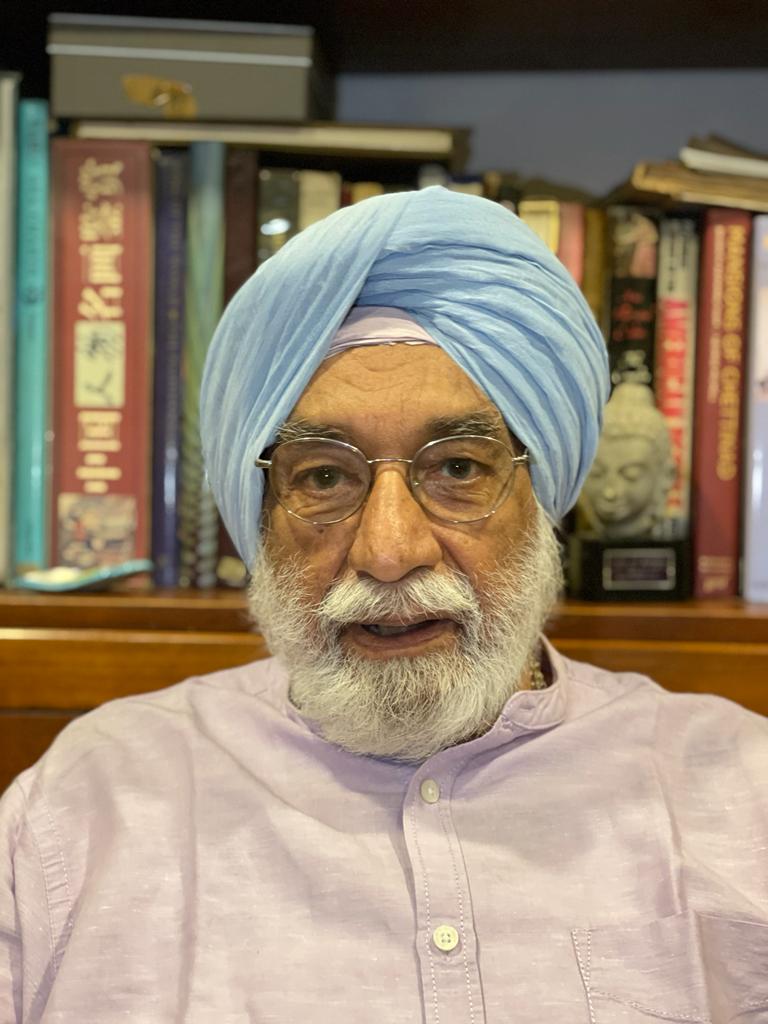



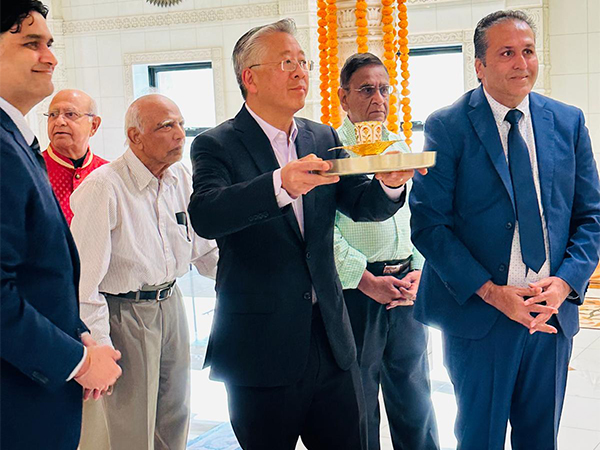
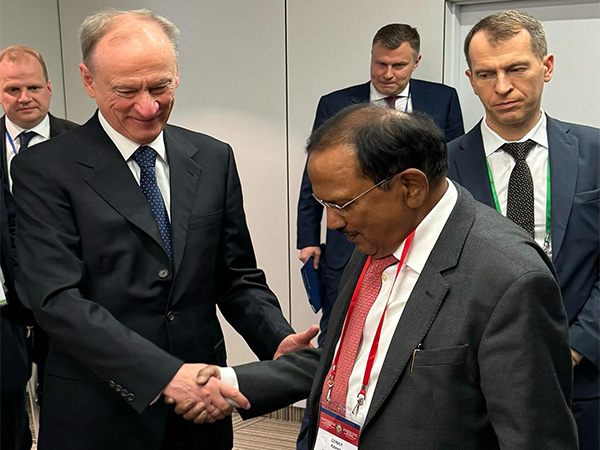
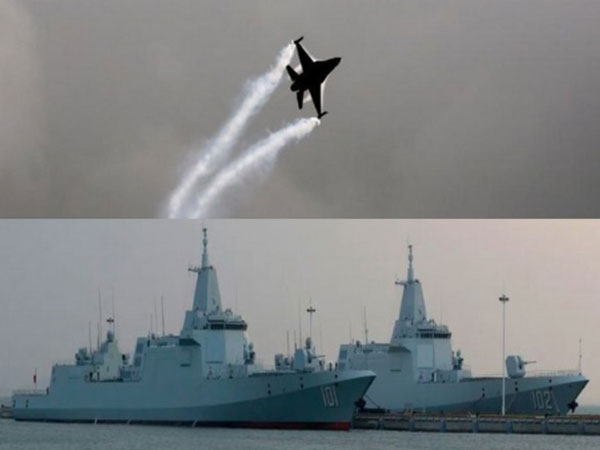

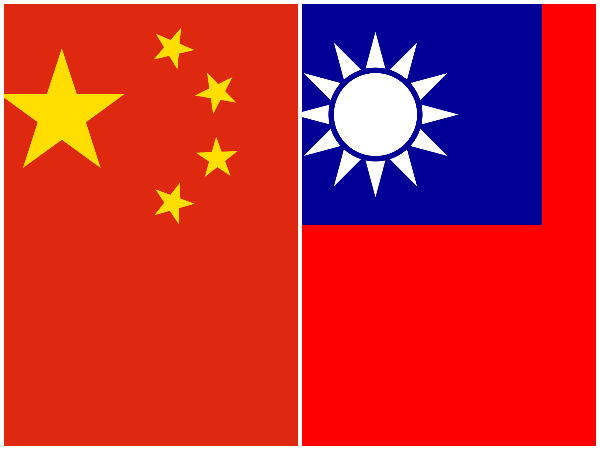

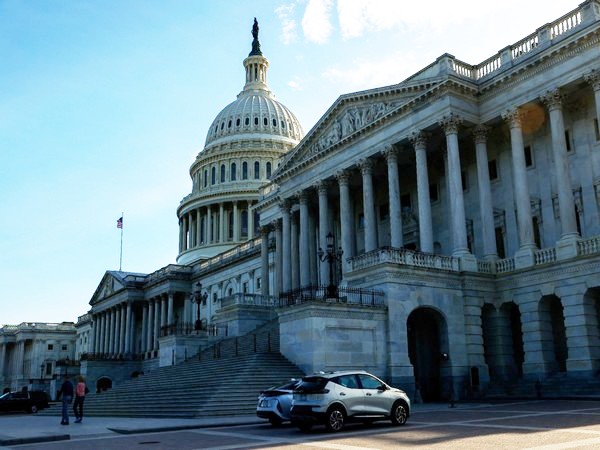







POST COMMENTS (0)